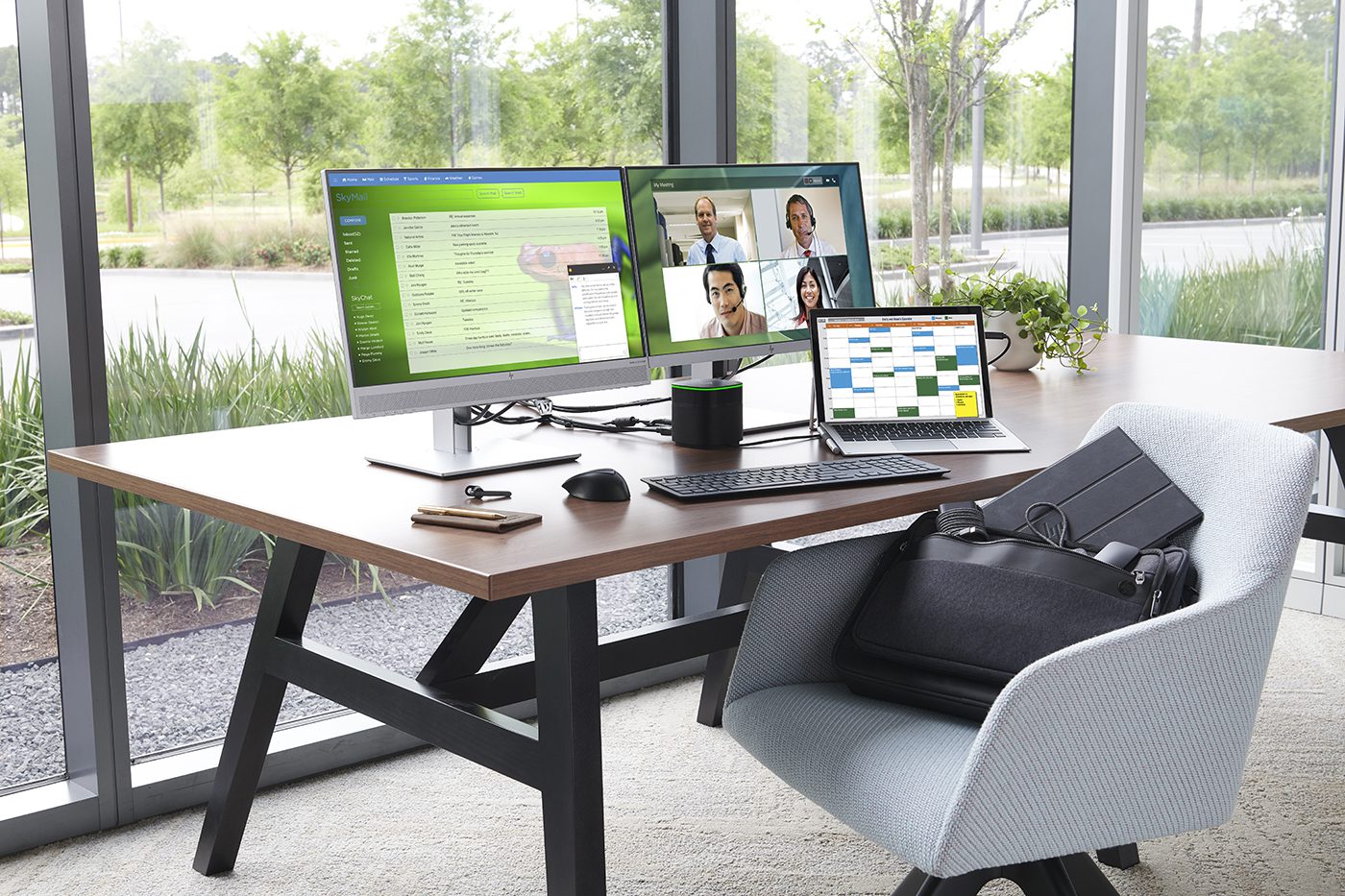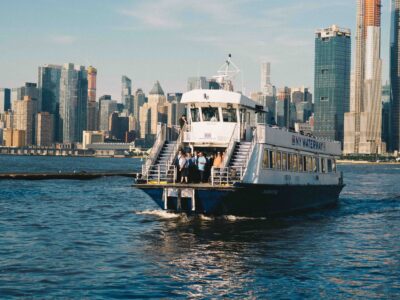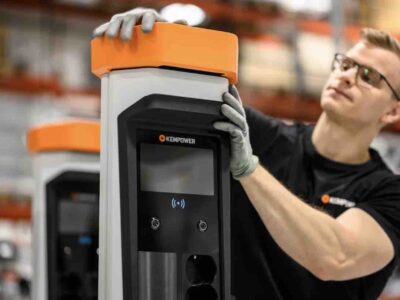American Computer Giant Gets Bigger As It Transplants To Texas

Bill Hewlett and Dave Packard probably had no idea what they put into motion in 1939 when the pair of young engineers took an initial investment of $538 to form The Hewlett-Packard Company. They just wanted to create gadgets from their rented garage in Palo Alto, Calif., and sell them to whoever would buy them. Their first product was an audio oscillator, and one of their first customers was Walt Disney, who used the oscillator to test sound equipment in theaters that showed his 1940 movie Fantasia.
The company entered the computer market in 1966, and two decades later it had grown into one of the world’s leading suppliers of PCs and peripherals. Today Hewlett-Packard, better known as HP, is a multinational supplier of software and computer services worldwide, with more than $58.33 billion in yearly revenue.
The story doesn’t stop there. Last month, Hewlett Packard announced they would be leaving Silicon Valley and relocating their headquarters to Texas. They plan to construct a 440,000-square-foot campus with an aim of completion in 2022.
“As we look to the future, our business needs, opportunities for cost savings, and team members’ preferences about the future of work, we are excited to relocate HPE’s headquarters to the Houston region,” CEO Antonio Neri said in a written statement.
This kind of size and success doesn’t only give HP clout in the worlds of business and technology – it also gives the company clout in the world of corporate citizenship. HP hasn’t shied away from its obligations on that front. The company has earned high marks for its transition to a more sustainable business model as well as its commitment to giving back to the community.
HP’s sustainability program covers numerous initiatives, from recycling plastic and lowering greenhouse gas emissions to protecting forests and reducing energy consumption.
Forest Protection
In 2016 HP set a goal to eliminate deforestation from its paper and paper-based packaging supply chain. By the end of last year, it had maintained zero deforestation associated with HP brand paper. It continues its work toward zero deforestation associated with HP paper-based product packaging by the end of 2020.
In October 2019, HP pledged to plant 1 million trees by the end of 2020 through a partnership with the Arbor Day Foundation as part of a global movement to conserve, restore and grow 1 trillion trees by 2030.
Recycling
Much of HP’s recycling program centers on how its products are designed, manufactured, used, and recovered throughout the product cycle. The company has shifted to materials – and energy-efficient circular economy aimed at reducing and even eliminating waste. One goal is to adopt a cycle where plastics, metals, and other durable materials are used over and over instead of being downcycled to lower-grade uses that eventually turn into waste.
HP also has invested $2 million in a new plastic washing line in Haiti that produces clean, high-quality recycled plastic for use in HP premium products, including Original HP ink cartridges. This investment is part of HP’s larger aim to divert ocean-bound plastic and contribute to a lower-carbon economy. The Haiti effort, which began in 2016, has prevented about 1.7 million pounds of plastic materials from reaching waterways and oceans.
Education
HP has made a similar effort to increase its philanthropic efforts, many of which center on education. According to the company’s 2019 Sustainable Impact Report, as of last year, more than 28.7 million students and adult learners had benefited from HP’s education programs over the previous four years. An additional 214,000 users had enrolled in HP LIFE courses since 2016. Meanwhile, HP employees had contributed 429,000 volunteer hours to local impact projects through 2019, while combined donations from the HP Foundation and company employees had risen just above $35 million.
Community Initiatives
Part of the company’s philanthropic work has been in partnership with Community Renewal International (CRI), which works to improve unsafe or unstable communities. HP has equipped CRI learning labs and training and information-sharing centers in the communities, provided volunteer assistance, and provided access to healthcare programs in underserved communities.HP also has partnered with the Volunteer Legal Services Program of The Bar Association of San Francisco (VLSP), as well as other legal service providers, on pro bono projects to serve those in need. The company regularly volunteers at VLSP’s Legal and ID Clinics at San Francisco’s Project Homeless Connect, a citywide event that brings together city agencies and nonprofits to connect homeless individuals to services in San Francisco.





